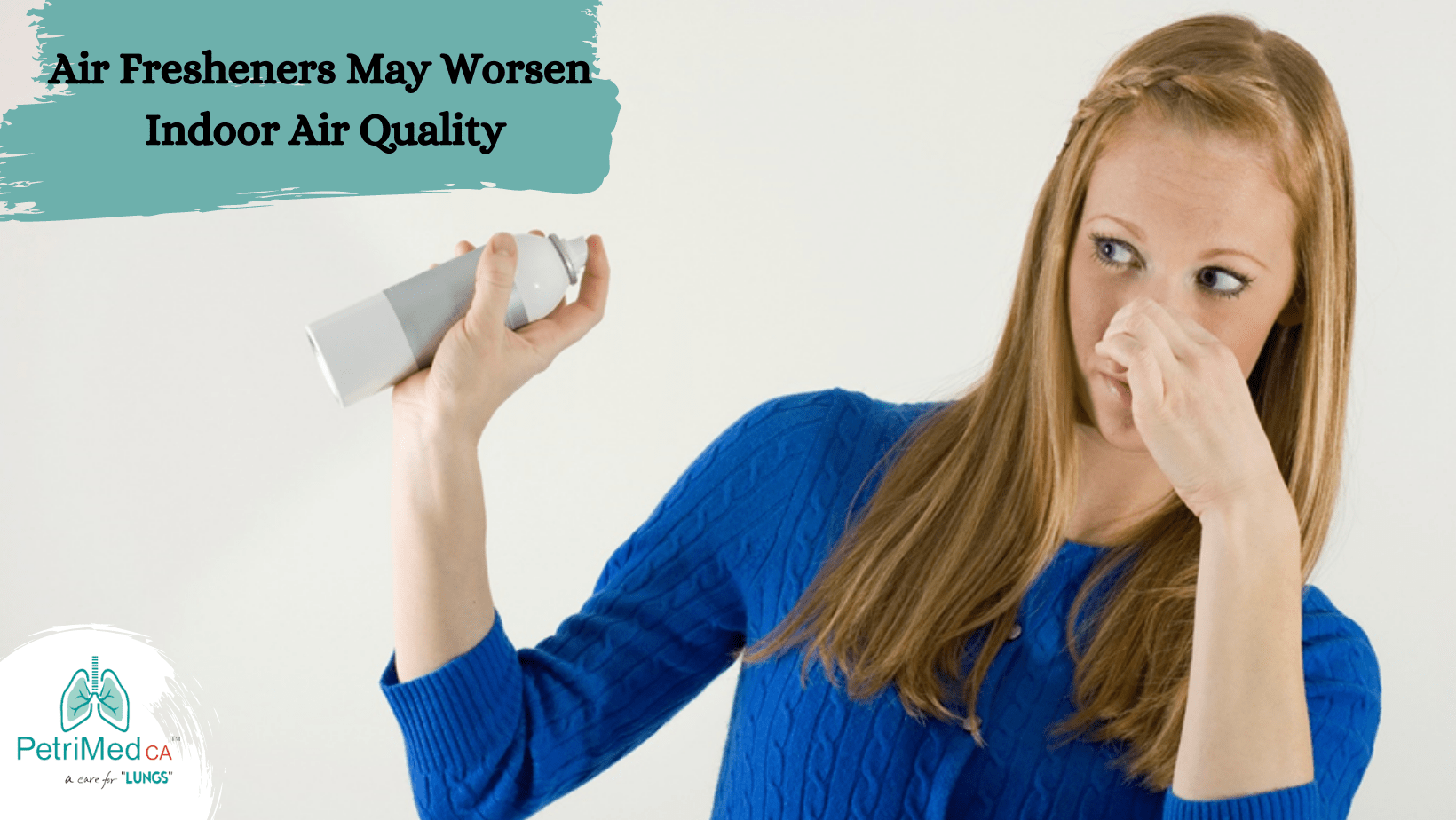How Air Fresheners and Perfumes Add to Indoor Air Quality
03 Dec 2021
Scented products like air fresheners, perfumes, scented candles, etc. artificially create an aromatic environment indoors, but can deteriorate the air quality. Experts say that these products can cause several allergic and respiratory problems.
Perfumes and other scented products have been in use for several years to create an aesthetically fragranced surrounding. But currently, fragrance in products is linked to many adverse consequences on indoor air quality, in spite of preventive measures.
According to a report, published by the National Oceanic and Atmospheric Administration (NOAA), fragranced products produce the same level of chemical fumes as petroleum from vehicles. The report concludes that every spray of perfume comprises volatile organic compounds (VOCs).
The products are made with at least one chemical synthetic component, which may cause some allergic and respiratory problems. Generally, it is a blend of thinners, UV-absorbers, additives, and dyes, which can severely affect the air quality. Some other harmful components found in the products are environmental toxins, allergens, and respiratory irritants.
Volatile Organic Compounds:
Volatile organic compounds (VOCs) are a mixture of chemicals that can harm human health. The chemicals are released by the products used for households. Varnishes, cleaning products, paints, and other common products that are frequently used for domestic purposes have organic solvents. These chemicals create ozone pollution by reacting with the sunlight. The experts say that chemical reaction in the environment eventually produces fine particulates along with other harmful pollutants.
Hand Sanitizer – A New Source of Volatile Organic Compounds:
After the outburst of coronavirus, the use of hand sanitizers and disinfectants has increased the risk of getting exposed to VOCs in a closed environment. A report published in Science Direct finds that alcohol-based disinfectants may worsen indoor air quality. The study finds that the fragranced products and sanitizers collectively release about 400 VOCs classified as potentially dangerous.
Steps to Minimize the Adverse Impact of Disinfectants:
Since using hand sanitizers and other chemical-based products is one of the effective COVID-19 containment strategies, their adverse impact can be reduced through the following useful steps:
· Enhance the flow of outdoor air
· Keep monitoring the concentrations of TVOC and particulate matter
· Don’t let the indoor air pollution cross the thresholds
· Use a complete air purification system to reduce the level of hazardous pollutants
Switching over to hygiene products is projected to grow with the rate of around 23% from 2020 to 2027. Unfortunately, all the products that are largely used to contain the spread of coronavirus have become a key source of allergens and VOCs. The growing use of chemical-based sanitizers is adding toxins to indoor air day by day.
The Way Forward
Air pollution is one of the greatest health hazards people are facing these days. According to the World Health Organization, around 90% of the global population is affected by airborne pollution. It’s impossible to throw away products like air fresheners, floor cleaning products, and sterilizers, but we can surely reduce their adverse impact by using the latest air filtration technologies as well as living a healthy lifestyle.
PetriMed CA Air Purification System can be a great buying option with so many technological advantages. It is efficient to capture and kill 99.999% of airborne pollutants such as PM2.5, dust mites, molds, etc., which an ordinary air purifier for home cannot. It comes fitted with a HEPA H14 filter along with a built-in air ionizer and UVC disinfector.
Despite the risks posed by scented products for household use, there is always a way to mitigate the adverse impact of VOCs and other air pollutants—what you need to do is to get a fully-loaded air purification system to keep the airborne contaminants at bay.
